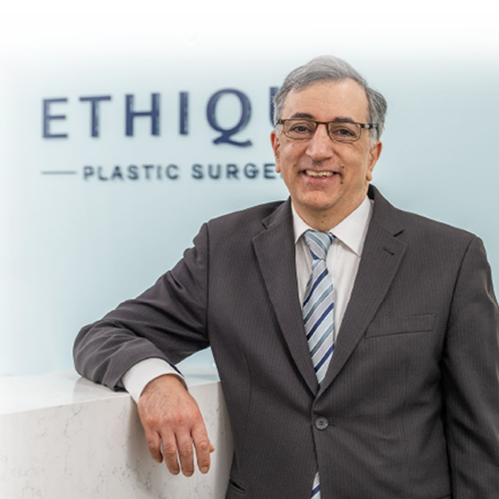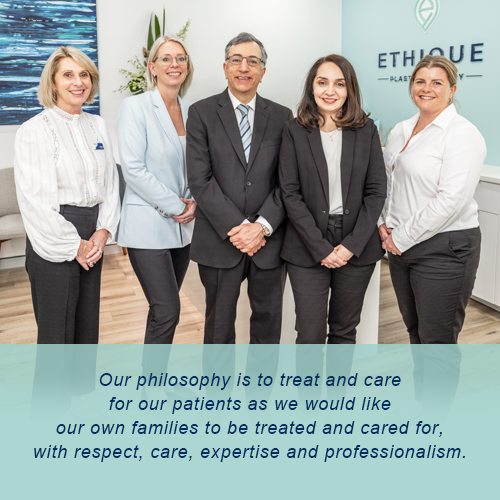Understanding Carpal Tunnel Syndrome and Surgery
Hand conditions can significantly impact daily life, making even simple tasks challenging. One such condition is Carpal Tunnel Syndrome, where the median nerve becomes compressed within the carpal tunnel of the wrist. Dr Andre Safvat is a Plastic Surgeon as well as a Hand Surgeon......
23 April, 2024 No comment

